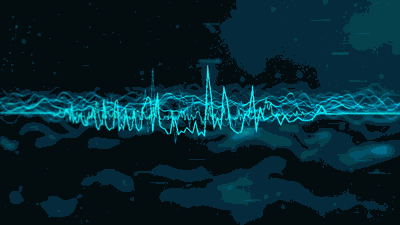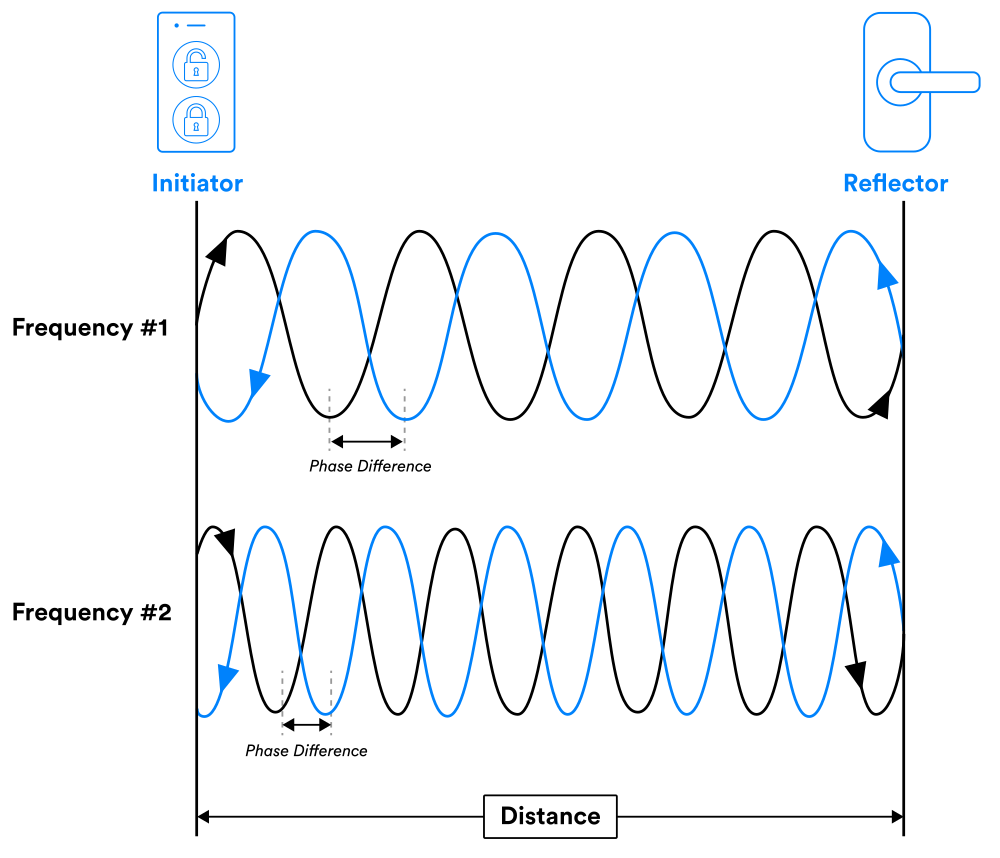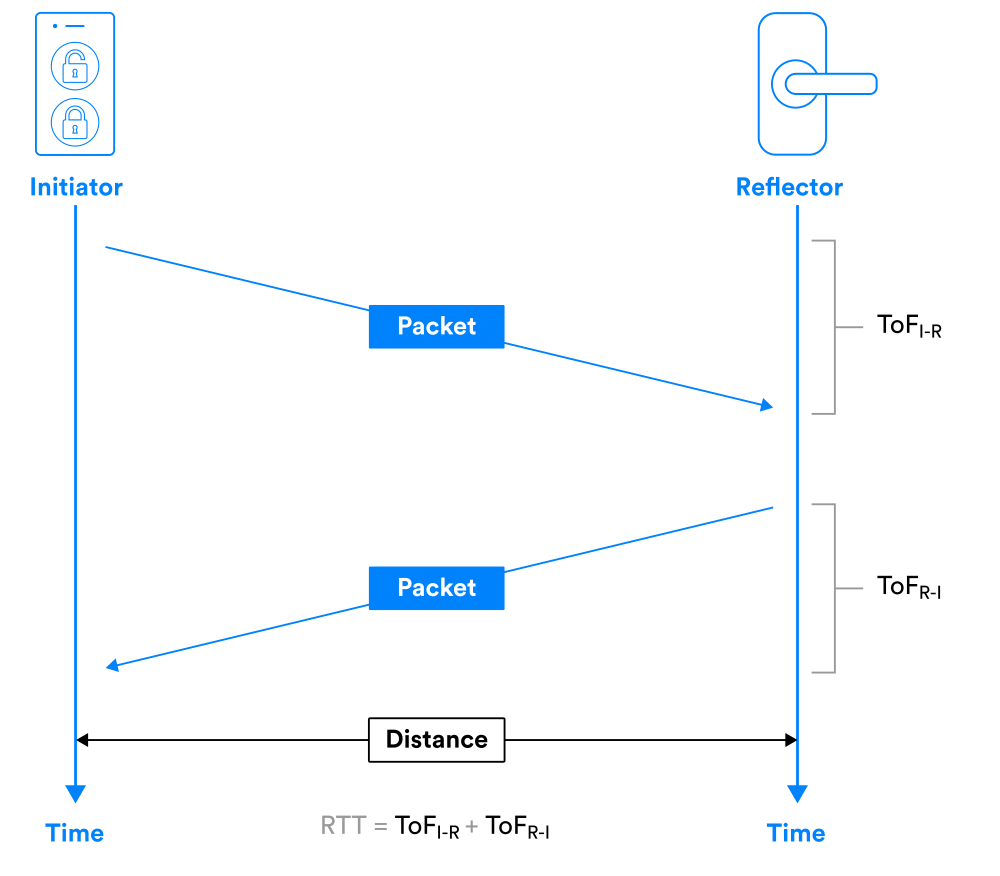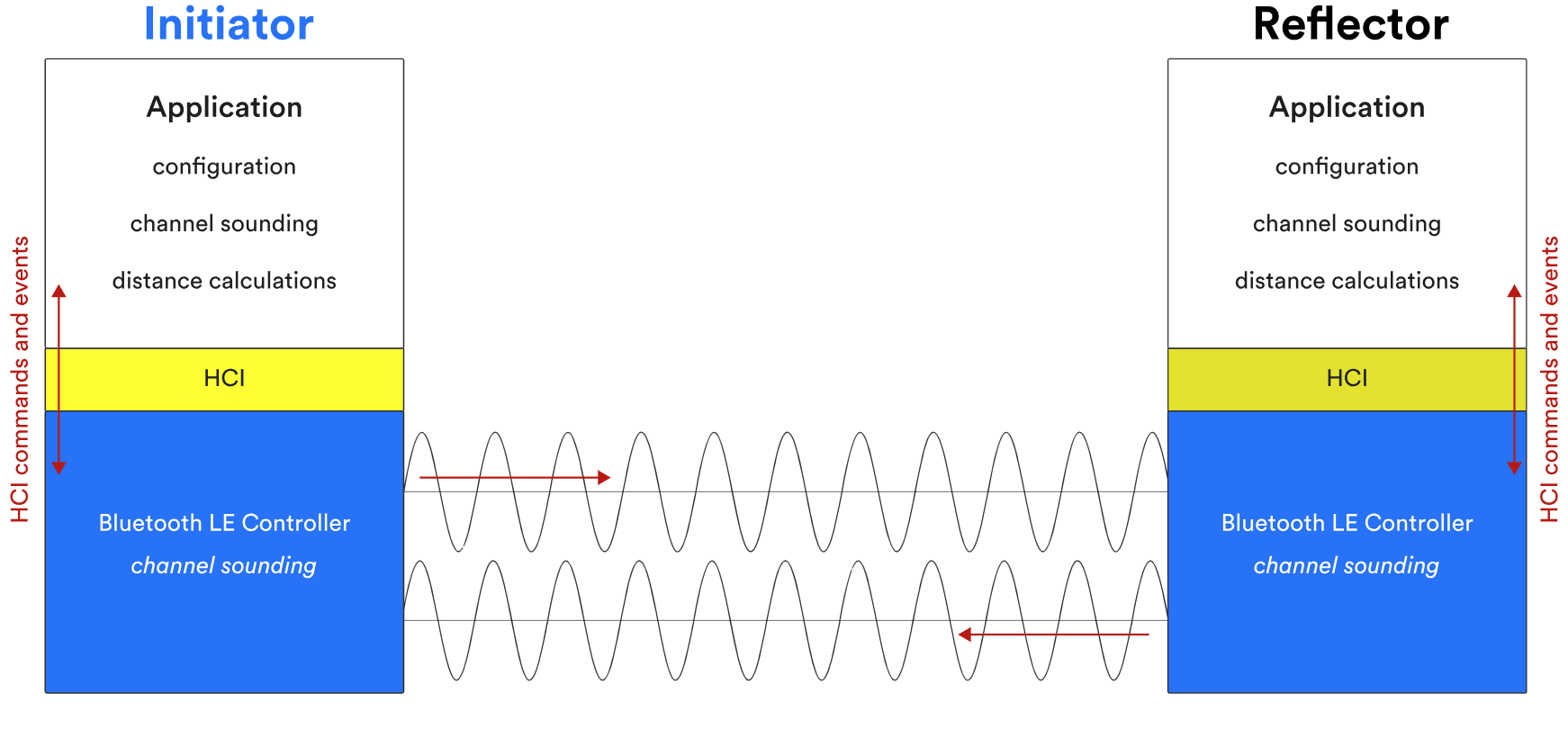
"Phone, wallet, keys. Phone, wallet, keys."
If I don't say this to myself when I'm leaving my apartment, the odds are that I will certainly forget one of those items inside my apartment.
Bluetooth-enabled trackers have long been the solution for forgetful people who attach them to their keys and insert them in bags, cars, wallets, and checked baggage.
Perhaps Bluetooth trackers have saved your blushes, but there was one problem with those trackers — they weren't very accurate, or at least not accurate enough. Tracking devices using Bluetooth Low Energy tech is great for battery life but not so great for precision. With more than a billion Bluetooth devices produced every year, an improvement in location accuracy could quietly improve untold numbers of lives.
Even with a tracker enabled, you might still flip sofa cushions, looking for your keys or wallet. New Bluetooth technology announced this month could make tracking devices even more precise.
The Bluetooth Special Interest Group, a non-profit group of tech companies large and small, announced the debut of Bluetooth core specification 6.0 this month. Those "core specifications" are just what they sound like: "The technologies required to create interoperable Bluetooth devices." Essentially, if you want to create Bluetooth devices in the future, they must meet these core specs, which are also available in a 3,800-page PDF.
But the most interesting part to everyday Bluetooth users is a concept called "channel sounding," which "offers the potential for products to achieve much higher accuracy distance measurements than has previously been possible."
How Bluetooth channel sounding works


Depending on the app, developers can use the channel sounding tool kit to measure distance between two Bluetooth devices (like your phone and your keyring with a Bluetooth tracker). Previously, a Received Signal Strength Indicator was used by Bluetooth-enabled trackers to determine the distance via signal strength. It was a huge moment, but the dropoff in signal was stark.
Using radio wave analysis technologies called phase-based ranging and round-trip timing, Bluetooth devices can sync with each other with stronger signals over greater distances — assuming environmental factors like thick brick walls aren't an issue. Phase-based ranging measures distance and round-trip time provides distance measurement using a different method — the time it takes for information to travel between two Bluetooth points.
Security, long a worry among Bluetooth developers, is also a focus of channel-sounding tech, which ensures that only the linked Bluetooth device can locate another, reducing so-called "man-in-the-middle" attacks where third parties could intercept a Bluetooth communications.
With Bluetooth channel sounding, it's like switching to a spotlight.
Lottie Hutchins, a rep for the Bluetooth SIG, uses a spotlight analogy when asked how to explain the improvement in new channel sounding technology.
"Imagine searching for your lost keys in a cluttered room. In the past, using Bluetooth Received Signal Strength Indication (RSSI) was like using a flashlight with a very weak beam," Hutchins tells Laptop Mag. "You could vaguely see the general area where your keys might be, but it was hard to pinpoint their exact location.
"With Bluetooth channel sounding, it's like switching to a spotlight. It analyzes the signal as it bounces around your environment, creating a detailed picture of the surroundings. This allows your phone or laptop to locate your Bluetooth tracker with much greater precision – down to centimeters."
In a statement released this week on the Bluetooth SIG website, Andrew Zignani, senior research director at ABI Research, offered practical application ideas for improved location accuracy that will be made real with Bluetooth channel sounding:
“Imagine Bluetooth mice, keyboards, and game controllers that can automatically switch between active and inactive states based on their distance from a laptop. In industrial settings, distance-aware Bluetooth human-machine interface (HMI) solutions can increase personnel safety by only allowing usage from a safe distance.
"Meanwhile, Bluetooth device networks, such as those used for networked lighting control, can more easily self-configure to enhance system performance using this innovative technology."
When will Bluetooth Channel Sounding technology come out?

Channel sounding technical specifications were released in July, and in late August, the core specifications for Bluetooth 6.0 were last updated. Bluetooth SIG has since adopted those specs.
It's unclear when the first Bluetooth-enabled device with channel sound will be on the shelves, but less time spent looking for the essential items we carry — phone, wallet, keys — seems to be in our future.



!["[T]he First and Fifth Amendments Require ICE to Provide Information About the Whereabouts of a Detained Person"](https://images.inkl.com/s3/publisher/cover/212/reason-cover.png?w=600)



